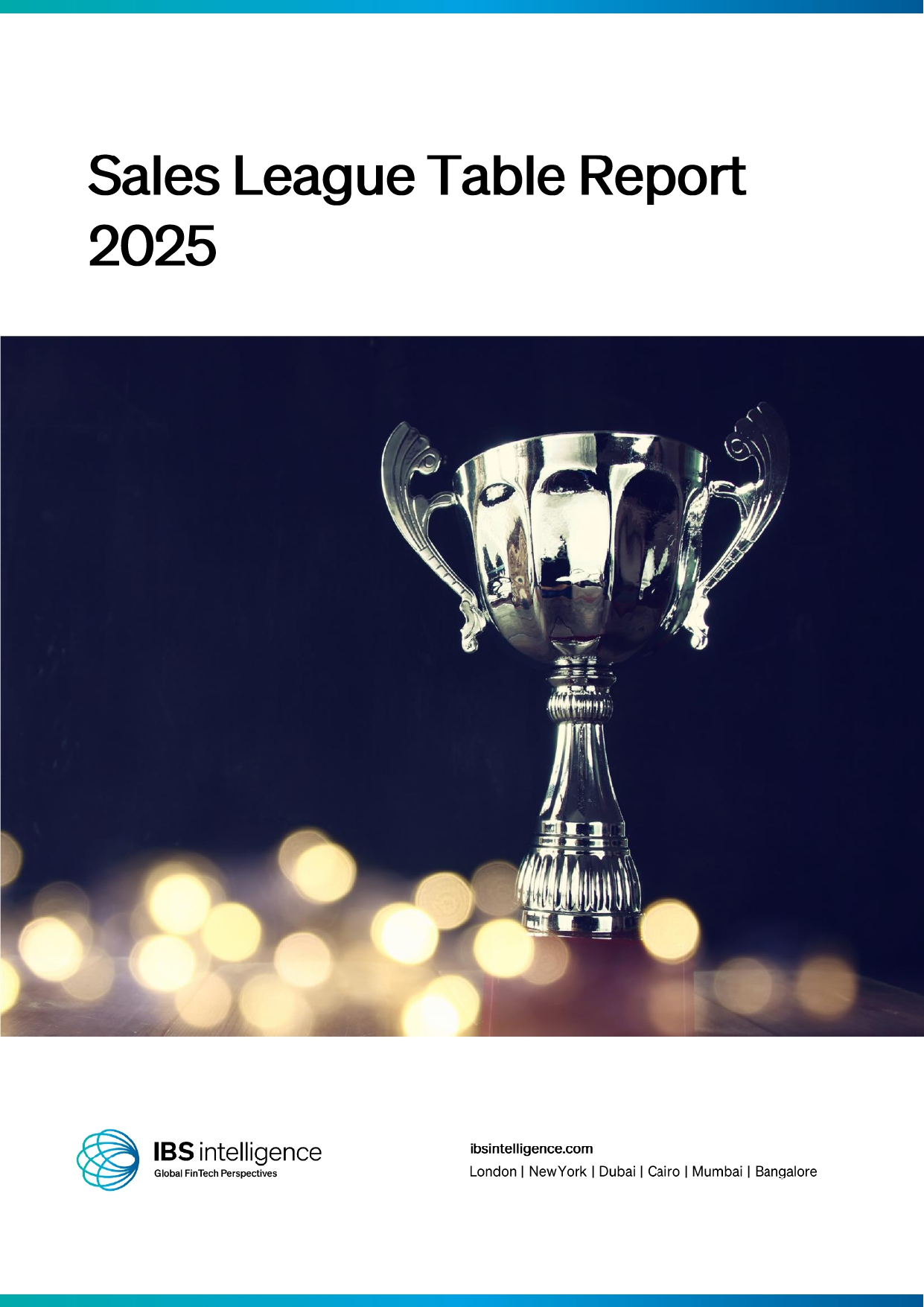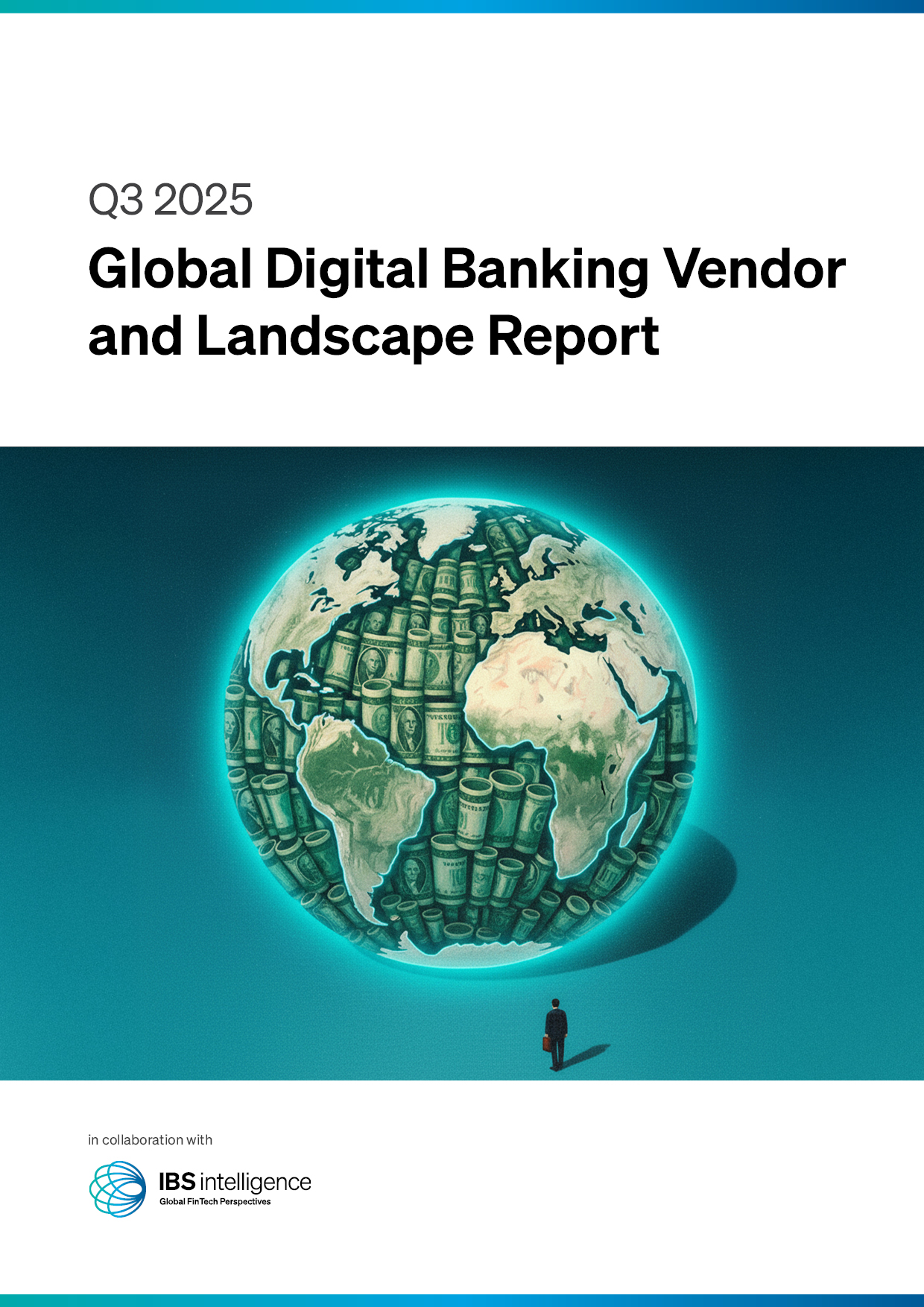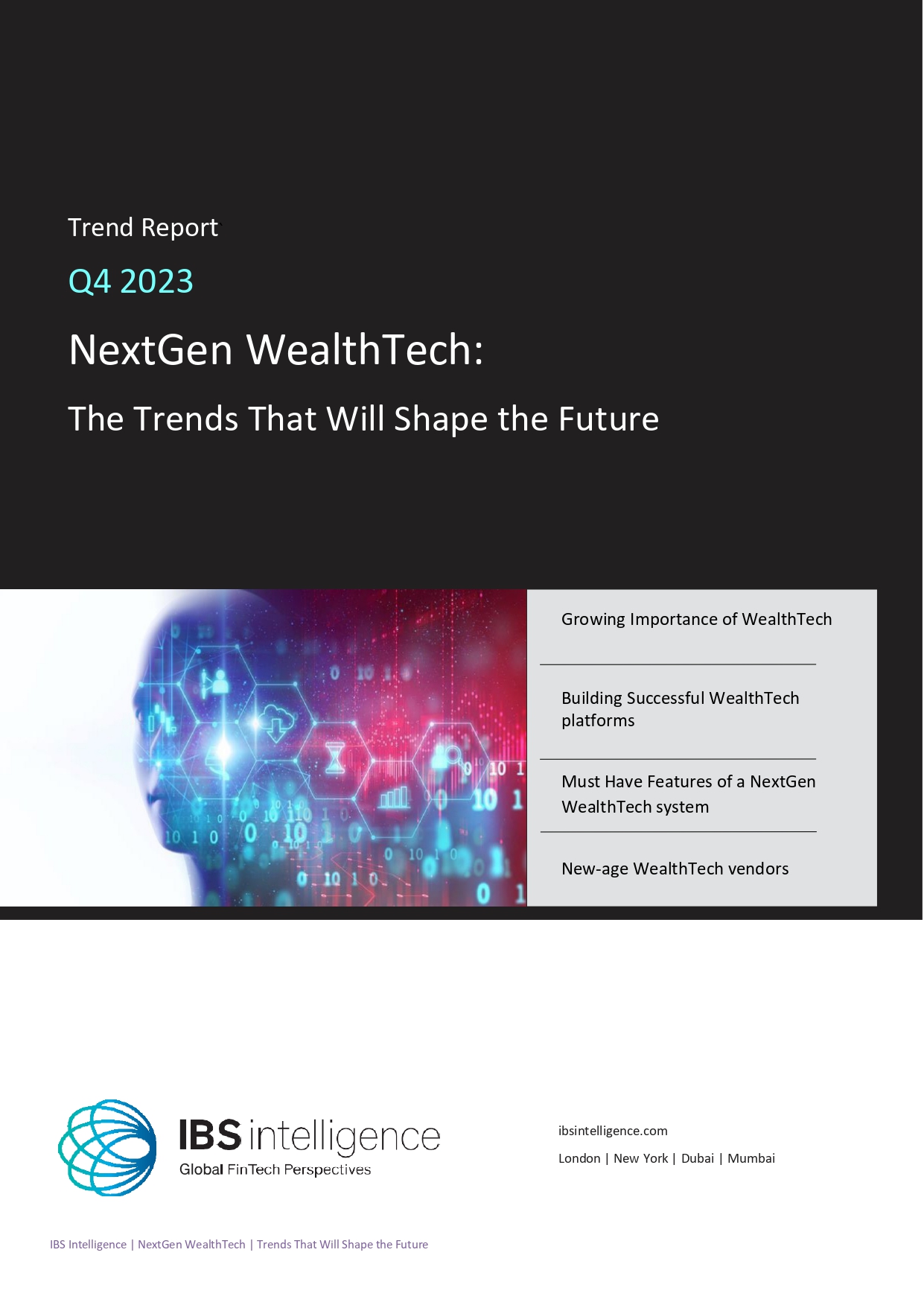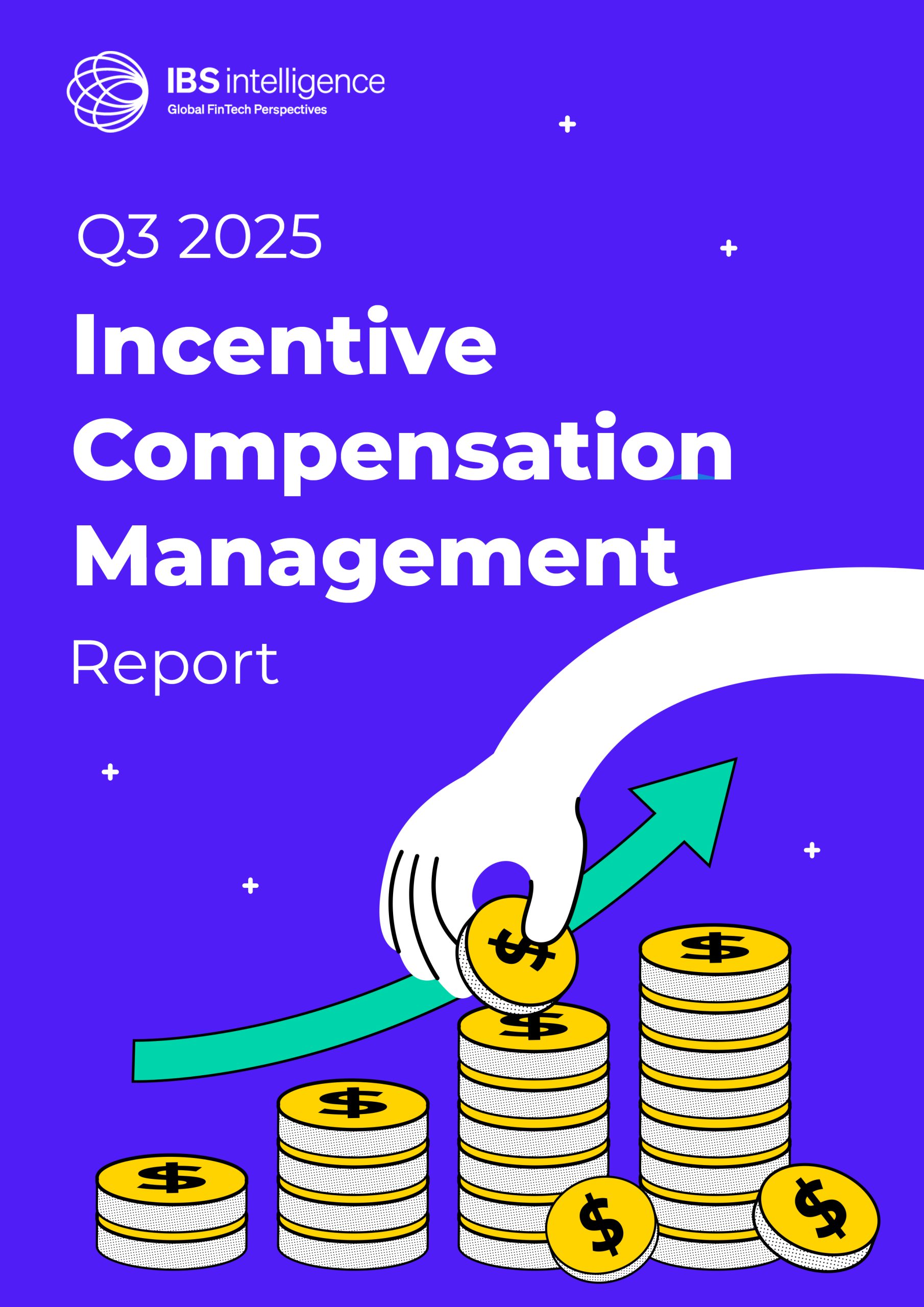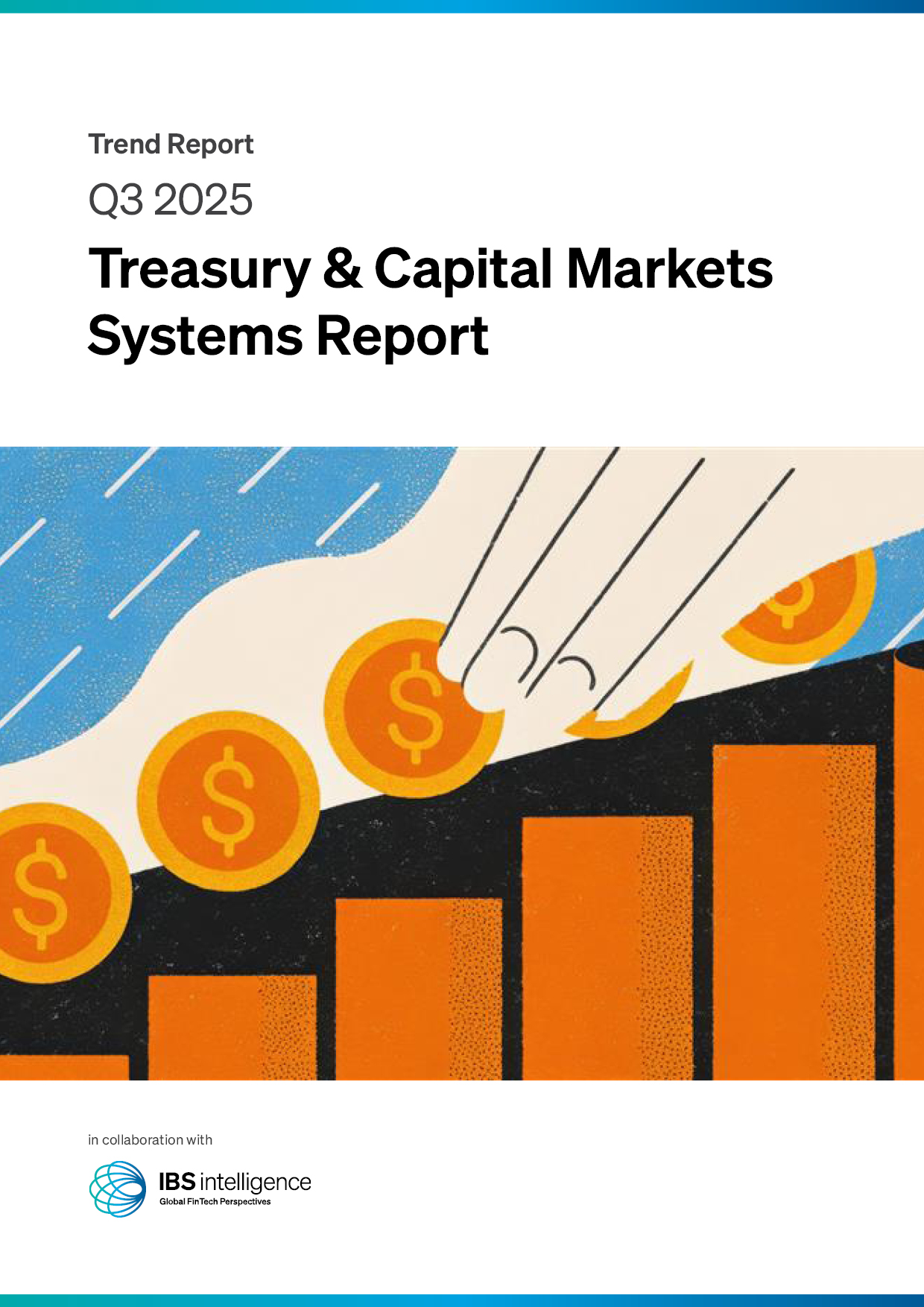 Back
Back
Balancing growth, risk and regulation as BNPL comes of age
 Marko Maras, CEO of Trustfull
Marko Maras, CEO of Trustfull
Over the last few years the Buy Now Pay Later (BNPL) landscape has boomed, growing not only in size – market growth is projected to reach $911.80 billion by 2030 – but also in maturity.
What began as a niche service designed to allow online shoppers to buy products and pay them back over time has evolved into a mature industry, with BNPL schemes now offered across online grocery shopping, travel and even medical loans.
Originally focused on consumers, BNPL is also gaining traction in the B2B sector, with banking platform Tide recently announcing plans to roll out a BNPL product that would allow businesses to pay for goods and services over time.
But as BNPL cements its place in the financial ecosystem, it has attracted the attention of regulators and fraudsters alike. While the sector initially operated in a regulatory grey area, with customers facing fewer barriers to entry than with traditional credit institutions, governments across the UK and Europe are now rolling out regulations to tighten creditworthiness checks, enforce fraud prevention measures, and protect consumers.
At the same time, fraudsters have been capitalising on BNPL’s rapid onboarding and quick identity checks to orchestrate large-scale fraud.
Fraud is rising as BNPL grows
BNPL was designed as a smoother alternative to traditional credit cards, offering frictionless, interest-free installment payments. But that same seamless experience has sometimes left gaps for fraudsters to exploit.
Today, providers face growing threats like new account abuse, where stolen, fake, or synthetic identities are used to open accounts and make purchases without repaying after the first installment. Other issues include account takeovers and refund abuse, with fraudsters exploiting e-commerce partners’ return policies to gain goods without paying for them.
“Desperation fraud” is also on the rise as the cost-of-living crisis continues to bite, with individuals under financial strain abusing BNPL services to obtain credit they know they cannot repay. This makes fraud detection complex, as it’s no longer just professional criminals playing the system, but also consumers struggling to make ends meet.
A regulatory reckoning
For years, BNPL providers operated outside the scope of traditional credit regulations. That’s changing. The UK’s Financial Conduct Authority (FCA) has announced regulations for BNPL will come into play in 2026, requiring stricter credit checks, clearer consumer terms, and enhanced fraud prevention.
Meanwhile, the EU’s revised Consumer Credit Directive (CCD) is also bringing tougher standards, including improved transparency and mandatory fraud controls.
For BNPL providers, this marks a fundamental shift. What was once a ‘growth at all costs’ mindset must now give way to robust compliance, fraud mitigation, and consumer protection. Failure to adapt could mean regulatory fines, reputational damage, and even loss of operating licenses.
How BNPL providers must adapt
With regulators and fraudsters circling, BNPL firms and their merchant partners must act now to fortify fraud defenses and prepare for compliance shifts. Doing so effectively means balancing security, customer experience, and regulatory expectations.
With fraud tactics becoming more diverse and sophisticated every day, prevention must go beyond outdated verification models. Providers need to monitor for red flags such as multiple account creation attempts from the same person using different contact details, suspicious activity from the same IP address, and sudden spikes from previously dormant accounts.
These controls must be strong enough to deter criminals but seamless enough to preserve a smooth user experience for genuine customers.
Regulators in the UK and Europe are making it clear BNPL won’t remain lightly regulated much longer. Providers that wait for final rulings risk being caught off guard. Those who proactively strengthen their fraud prevention and affordability checks, while ensuring clearer terms for consumers, are the ones most likely to come out on top.
IBSi News
Get the IBSi FinTech Journal India Edition
- Insightful Financial Technology News Analysis
- Leadership Interviews from the Indian FinTech Ecosystem
- Expert Perspectives from the Executive Team
- Snapshots of Industry Deals, Events & Insights
- An India FinTech Case Study
- Monthly issues of the iconic global IBSi FinTech Journal
- Attend a webinar hosted by the magazine once during your subscription period
₹200 ₹99*/month
* Discounted Offer for a Limited Period on a 12-month Subscription
IBSi FinTech Journal
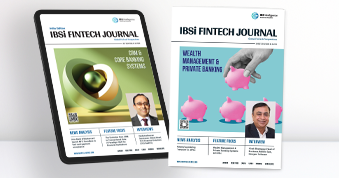
- Most trusted FinTech journal since 1991
- Digital monthly issue
- 60+ pages of research, analysis, interviews, opinions, and rankings
- Global coverage
Other Related Blogs
November 28, 2025
Modernising core systems in financial services without a complete overhaul
Read MoreNovember 24, 2025


